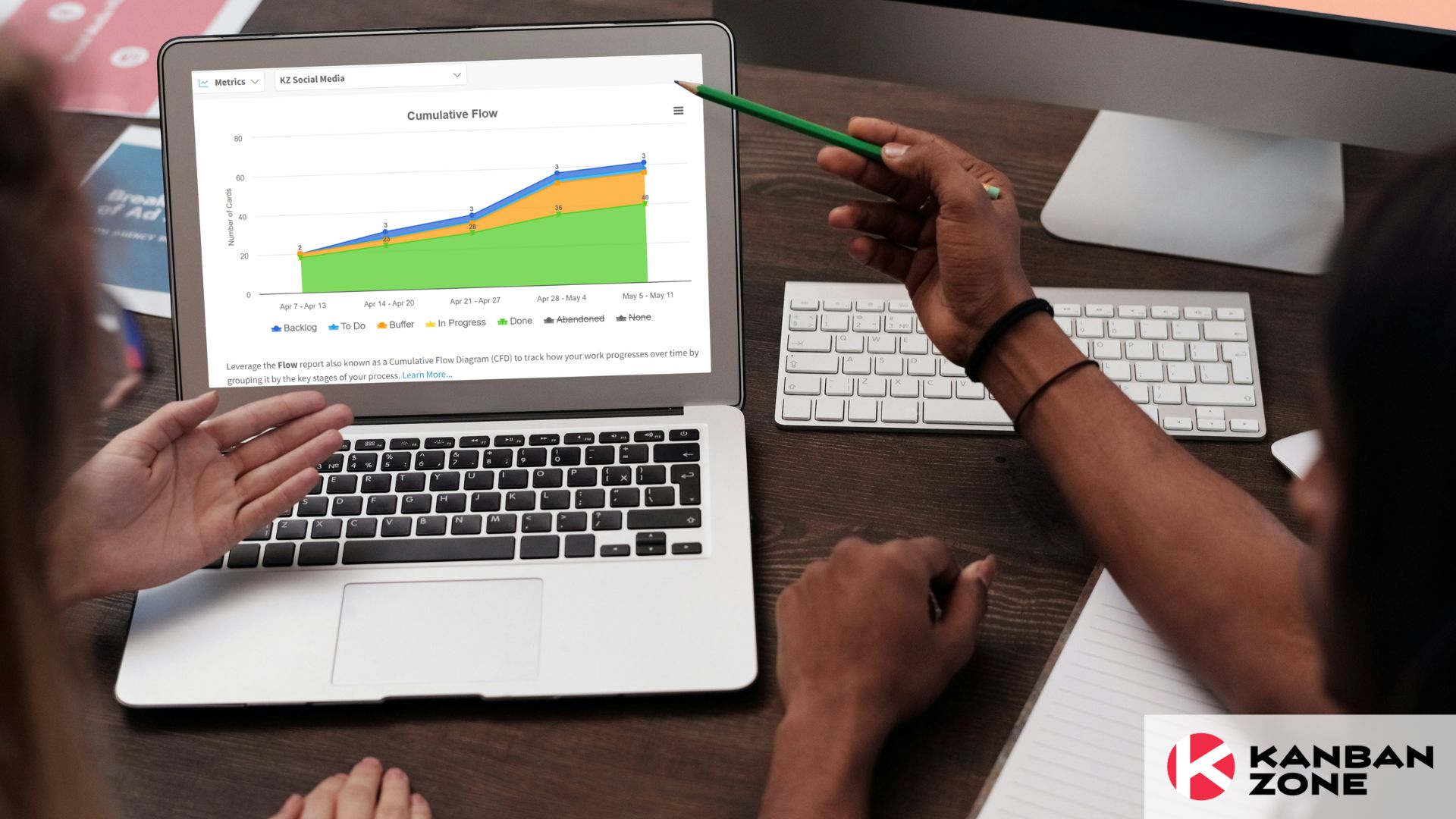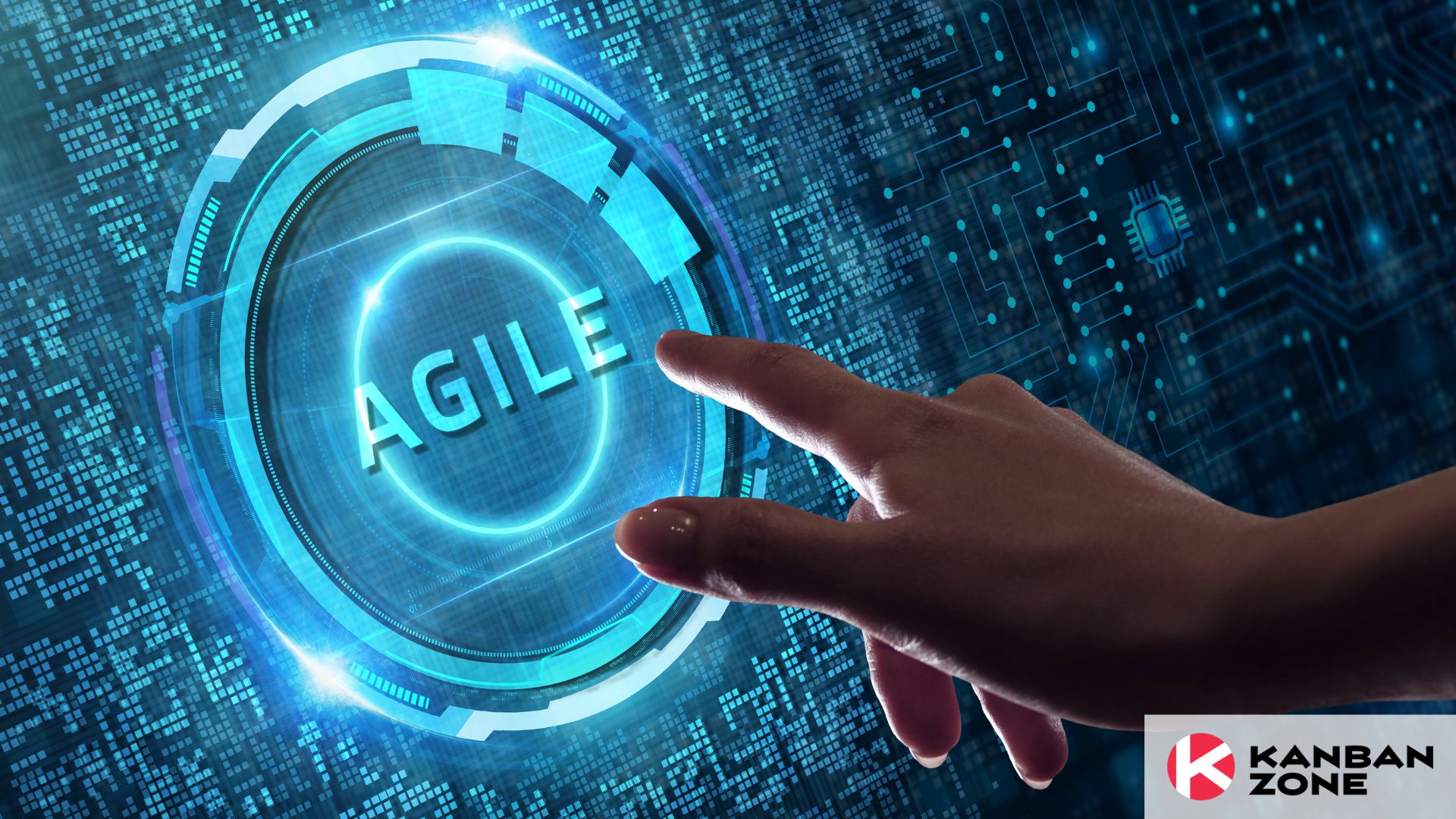
It’s very common to see traditional managers call the shots when it comes to business decisions. This scenario is more prominent in Western companies and we see managers, executives, and founders try to figure out everything on their own. Employees are most often on the receiving end of information and instruction.
But more companies are changing the way they make business decisions. This makes them more engaged in their work. Not only does this create a more engaged workforce, but it helps businesses generate more ideas, refine, and implement them faster.
This switch from a top-down to a bottom-up decision-making process isn’t a 21st-century concept. Travel to the east and dial back to the late 1940s and we see this process happening in the floors of automobile giant, Toyota. The Toyota Production System was born with thirteen pillars including the nemawashi concept which describes how those on the ground get to influence key business decisions.
What is the Nemawashi Concept?
Nemawashi is a Japanese term that means “going around the roots.” When translated to the business context, this means paying special attention to your employees – the roots – that make your company grow. The nemawashi concept is the process of gathering information and feedback from employees through one-on-one or focused group discussions. Nemawashi is normally done before starting the actual decision-making process. This informal process of gathering information and feedback becomes the input to making the decision.
The nemawashi concept is especially useful when:
- Introducing business process changes
- Presenting new ideas
- Building consensus
- Brainstorming solutions
Benefits of Using Nemawashi Concept for Decision Making
If you aren’t convinced about using the nemawashi concept for your business, here are five reasons why you should.
Establish Buy-in and Support
The nemawashi concept proves to be effective in establishing stakeholder buy-in and support. It’s easier to rally everyone behind a concept, idea, or proposal when they’re involved in the decision-making process. When doing the nemawashi concept, you ensure everyone’s voice is heard and that each of them can freely express their opinion. Implementation becomes easier because you already established consensus early on.
Improve Engagement
When employees have an active contribution in shaping business decisions, they become more engaged. This means better work performance, enhanced creativity, and improved working relationships overall. The nemawashi concept can be an effective tool for solidifying your company culture towards inclusivity and teamwork.
Reduce Conflict
How would you feel if a business decision that affects you was made but you weren’t informed beforehand? A lot of times this happens in organizations whether big or small. And when this happens, you often have confused and disgruntled employees. To avoid conflict and frustration, you can use the nemawashi concept to involve your employees and gain their trust. Implementing ideas and business changes will be easier when people know the context beforehand.
Make Better Decisions
Your employees are on the ground. They’re the ones doing the leg work which means they most likely have a better understanding of the processes that will be affected by the decisions you make. Doing the nemawashi concept to get their inputs and feedback will help you make an informed decision.
Increased Likelihood of Success
Involving your employees in decision-making will help increase the success rate of your decisions and business changes. The nemawashi concept is a way of showing that employees have a stake in business decisions and direction. This also encourages leadership from all ranks. They will do their part in making sure the plans are well implemented and the desired results are achieved.
How to do Nemawashi to Gain Consensus
You can follow this simple 4-step process when doing the nemawashi concept for your decision-making activities.

Prepare the proposal
Create a proposal that will outline and describe the changes that are being proposed. The document should describe the current state of the process, the problems encountered, the effects of the problem, and the proposed solutions.
Send the proposal for review
Send a copy of your proposal to stakeholders and employees that are affected by the problem and the proposed change. It’s also advised to have face-to-face discussions with them either through a one-on-one meeting or a small focused group discussion. Keep your meetings small so everyone can have a chance to share their thoughts. You can also have casual chats with your employees and stakeholders if the situation permits. More often it’s during these informal meetings that employees feel more relaxed and candid. The nemawashi concept can be a formal or informal discussion. This step is where the actual nemawashi is done.
Refine the proposal based on the feedback gathered
Now that you have the feedback and inputs of your employees and stakeholders, it’s time to refine and improve your proposal. Try to spot commonalities in the inputs you’ve gathered. Take note of suggestions that are not implemented and indicate why they were not pursued.
Formalize the decision through a meeting
The last step in the nemawashi concept is to formalize the decision through a meeting. Invite all key stakeholders and employees. Share the results of the discussions and the details of the final proposal that will be implemented. This meeting is pre-arranged and is a way to cement the agreement between parties and establish consensus.
Laying the Groundwork to Make Better Business Decisions
When you’re tempted to make a business decision on your own, ask yourself this, “Do I have enough information to create the best decision?” Having information is crucial when making important business decisions. The nemawashi concept will help you gather information, insights, and ideas from employees and stakeholders. And when you have access to these, you’ll be more confident in making decisions and charting a better future for your organization.
Table Of Contents
Discover many more posts…







